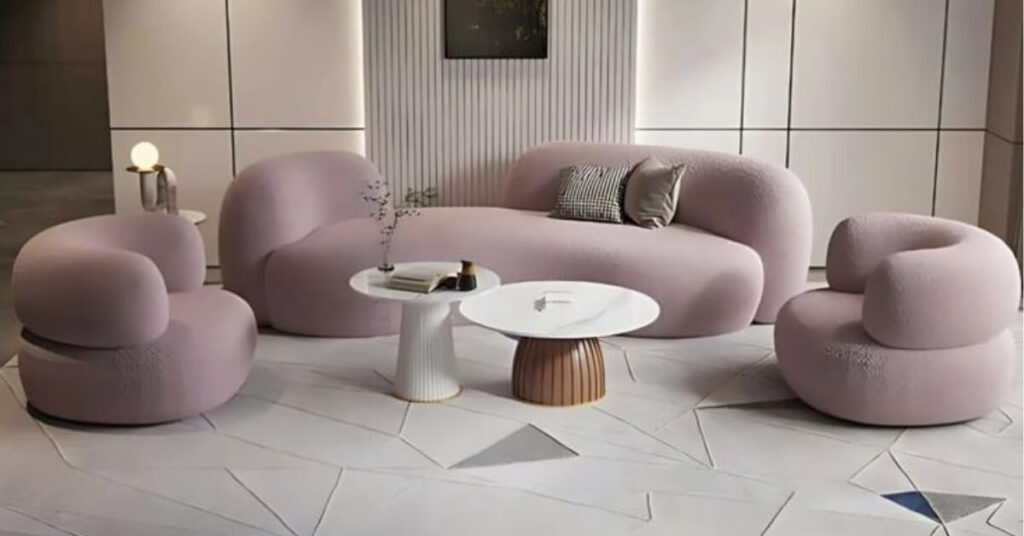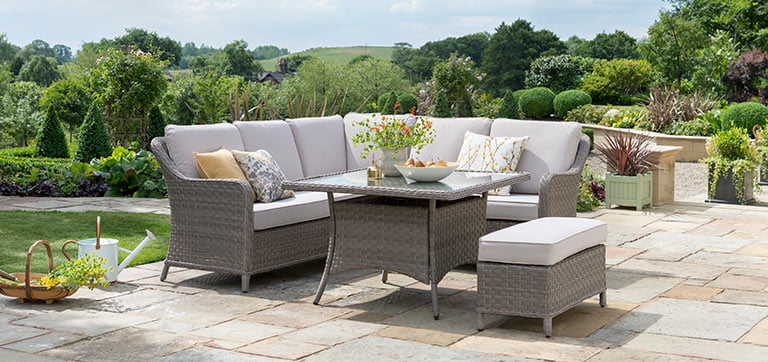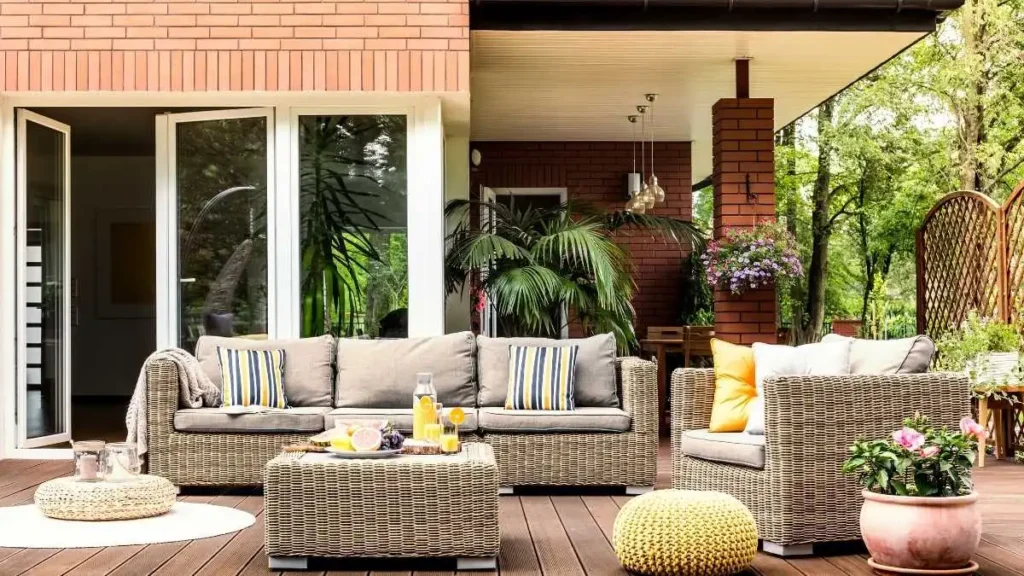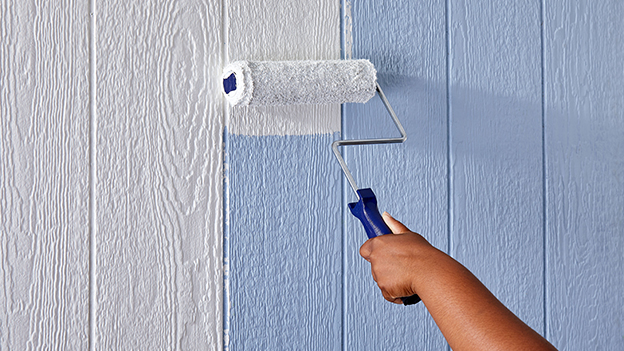Pet owners frequently wonder about the best furniture choices for their homes. Leather furniture presents unique advantages and challenges when living with dogs. This comprehensive guide explores whether leather furniture works well for dog owners, covering durability, maintenance, and practical considerations.
Leather furniture can be excellent for dog owners when chosen and maintained properly. However, success depends on leather type, your dog’s behavior, and your commitment to proper care. Understanding these factors helps you make informed decisions about incorporating leather pieces into your pet-friendly home.
Understanding Leather Types and Dog Compatibility
Full-Grain Leather Performance
Full-grain leather offers exceptional durability for homes with dogs. This premium leather type develops character over time while resisting scratches better than other varieties. Moreover, full-grain leather’s natural oils help it recover from minor surface damage that active pets might cause.
The tight grain structure prevents deep scratches from penetrating the surface. Additionally, full-grain leather becomes more beautiful with age, meaning normal wear from pets adds to its appeal rather than detracting from it. However, this premium option requires a higher initial investment.
Top-Grain and Corrected Leather Options
Top-grain leather provides good durability at a more accessible price point. The sanded surface removes some natural imperfections but creates a more uniform appearance. Furthermore, this processing makes it slightly more vulnerable to pet damage than full-grain varieties.
Corrected leather, while affordable, presents challenges for dog owners. The coating applied during processing can scratch or peel when subjected to pet claws. Therefore, corrected leather generally isn’t recommended for households with active dogs.
Bonded Leather Considerations
Bonded leather, made from leather scraps and adhesive, offers poor durability for pet owners. Dog claws can easily damage the surface coating, revealing the composite material underneath. Moreover, repairs become difficult once the outer layer is compromised.
This option might work for households with well-behaved, older dogs that don’t scratch furniture. However, most pet owners find better value in genuine leather options that withstand pet-related wear more effectively.
Durability Factors for Pet Households
Scratch Resistance Properties
Quality leather demonstrates impressive scratch resistance when properly maintained. The natural flexibility allows leather to recover from light scratches that would permanently damage fabric upholstery. Additionally, many scratches become less visible over time as the leather develops patina.
Leather thickness significantly impacts scratch resistance. Thicker hides provide better protection against pet claws while maintaining comfort and appearance. Furthermore, regular conditioning keeps leather supple and more resistant to damage from active pets.
Long-Term Wear Patterns
Leather furniture typically outlasts fabric alternatives in pet households. While initial costs may be higher, the longevity often provides better value over time. Most quality leather pieces can last decades with proper care, even with regular pet use.
Pet-related wear patterns on leather tend to be more graceful than on fabric. Natural aging enhances leather’s appearance while fabric often looks worn and tired after extended pet exposure. Therefore, leather represents a wise long-term investment for many dog owners.
Maintenance Requirements and Cleaning
Daily Care Routines
Maintaining leather furniture with dogs requires consistent daily attention. Remove pet hair using appropriate tools that won’t scratch the leather surface. Additionally, wipe down surfaces with slightly damp cloths to remove oils and debris from pet contact.
Check furniture regularly for new scratches or damage that might need immediate attention. Early intervention prevents minor issues from becoming major problems. Moreover, establishing daily routines helps preserve leather’s appearance and extends its lifespan significantly.
Deep Cleaning Methods
Monthly deep cleaning becomes essential when dogs use leather furniture regularly. Use leather-specific cleaners designed for your furniture type. These products clean effectively without damaging leather’s natural properties or protective finishes.
Start cleaning in inconspicuous areas to test product compatibility. Apply cleaner with soft cloths, working in circular motions to lift dirt and oils. Subsequently, allow leather to dry completely before applying conditioning treatments to restore moisture and flexibility.
Conditioning and Protection
Regular conditioning prevents leather from drying out and cracking under pet use. Choose conditioners specifically formulated for your leather type. These products restore natural oils while providing some protection against future damage.
Apply conditioner every 3-4 months in pet households, or more frequently in dry climates. Work conditioner into leather using clean cloths, paying attention to areas with heavy pet contact. Allow complete absorption before using furniture to prevent transfer onto clothing or pet fur.
Benefits of Leather for Dog Owners
Easy Hair Removal
Pet hair removal from leather proves much easier than from fabric upholstery. Hair doesn’t embed deeply into leather surfaces, allowing simple wiping or vacuuming to remove accumulation. This advantage saves significant time in daily cleaning routines.
Specialized pet hair removal tools work exceptionally well on leather surfaces. Rubber gloves, lint rollers, and microfiber cloths quickly gather hair without damaging leather. Additionally, static electricity doesn’t build up on leather like it does on synthetic fabrics.
Odor Resistance Advantages
Quality leather naturally resists odor absorption better than fabric alternatives. The dense structure prevents pet odors from penetrating deeply into material. Furthermore, leather’s natural antimicrobial properties help prevent bacterial growth that causes persistent smells.
When accidents do occur, leather’s non-porous surface allows for easier cleanup before odors set in. Quick response to spills prevents permanent odor problems that plague fabric furniture in pet households. Regular cleaning maintains this odor resistance over time.
Hypoallergenic Properties
Leather furniture can benefit families dealing with pet allergies. Unlike fabric upholstery, leather doesn’t trap allergens like dander, dust mites, or pollen. This characteristic makes leather an excellent choice for sensitive household members.
The smooth surface allows easy removal of allergens through regular wiping. Additionally, leather doesn’t harbor microscopic particles that trigger allergic reactions. These properties make leather furniture particularly valuable in homes with both pets and allergy sufferers.
Potential Drawbacks and Challenges
Initial Cost Considerations
Quality leather furniture requires significant upfront investment compared to fabric alternatives. This initial expense can strain budgets, especially when purchasing complete furniture sets. However, the long-term durability often justifies higher initial costs for committed pet owners.
Budget-friendly leather options may not provide adequate durability for active pets. Therefore, the investment in quality leather becomes crucial for successful pet ownership. Consider this purchase a long-term investment rather than a short-term expense.
Temperature and Comfort Factors
Leather furniture can become uncomfortably hot or cold depending on room temperature. Dogs may find leather less comfortable than fabric options during extreme weather conditions. Additionally, leather’s smooth surface might be slippery for some pets.
These comfort issues often resolve as pets adapt to leather furniture. Many dogs actually prefer leather’s coolness during hot weather. Moreover, adding appropriate throw blankets provides comfort options while protecting leather surfaces.
Maintenance Time Requirements
Leather furniture demands more maintenance attention than fabric alternatives. Regular cleaning, conditioning, and inspection take time that busy pet owners might struggle to provide. Neglecting maintenance can lead to premature aging and damage.
However, establishing efficient maintenance routines minimizes time requirements. Many owners find that leather maintenance becomes second nature with practice. Additionally, the time invested in care pays dividends in extended furniture life and maintained appearance.
Breed-Specific Considerations
Large Dog Compatibility
Large dogs present unique challenges for leather furniture durability. Their weight and size can stress furniture frames and leather surfaces more than smaller breeds. Additionally, large dogs’ claws may cause more significant scratching damage.
However, well-trained large dogs can successfully use leather furniture without major issues. Proper nail trimming and behavior training minimize potential damage. Furthermore, choosing furniture designed for heavy use helps accommodate large breed requirements.
Small Dog Benefits
Small dogs often work well with leather furniture due to their lighter weight and smaller claws. The reduced physical impact means less wear on leather surfaces and furniture frames. Moreover, small dogs produce less hair and dander accumulation.
Small breeds still require proper training to prevent scratching and inappropriate behavior. However, the overall impact on leather furniture remains manageable with basic care and maintenance routines.
High-Energy Breed Challenges
Active, high-energy dog breeds may present greater challenges for leather furniture preservation. Their tendency to jump, scratch, and play on furniture increases wear patterns. Additionally, these breeds may be more likely to chew leather if not properly trained.
Successful leather furniture ownership with active breeds requires consistent training and appropriate outlets for energy. Providing adequate exercise and mental stimulation reduces inappropriate furniture interaction. Furthermore, protective covers during training periods help preserve leather surfaces.
Protective Measures and Accessories
Furniture Covers and Throws
Strategic use of furniture covers protects leather while maintaining comfort for pets. Washable throws provide easy cleanup while preserving underlying leather surfaces. Choose covers that complement your décor while offering practical protection.
Remove covers regularly to allow leather to breathe and prevent moisture buildup. Additionally, rotate covers to ensure even wear and extend their useful life. Quality covers represent a small investment that significantly extends leather furniture lifespan.
Nail Care and Grooming
Regular nail trimming is essential for successful leather furniture ownership with dogs. Short nails cause less damage to leather surfaces while maintaining pet comfort. Additionally, proper grooming reduces hair and dander accumulation on furniture.
Establish consistent grooming routines that include nail care, brushing, and cleaning. These practices benefit both pet health and furniture preservation. Moreover, many pets enjoy grooming time when introduced properly and consistently maintained.
Frequently Asked Questions
1. Does leather furniture attract dog hair more than fabric?
No, leather furniture actually attracts less dog hair than fabric upholstery. The smooth surface doesn’t trap hair like fabric weaves do, making removal much easier with simple wiping or vacuuming.
2. Can dog claws permanently damage leather furniture?
Minor scratches on quality leather often heal over time with proper conditioning. Deep gouges may require professional repair, but most surface scratches from normal pet activity don’t cause permanent damage.
3. Is leather furniture safe if my dog chews on it?
Quality leather poses minimal toxicity risk, but chewing can damage furniture and potentially harm your dog. Proper training and providing appropriate chew toys helps redirect this behavior away from furniture.
4. How often should I condition leather furniture with pets?
Pet households should condition leather furniture every 3-4 months, or more frequently in dry climates. Regular conditioning maintains flexibility and helps leather recover from pet-related wear.
5. Will leather furniture develop odors from pets?
Quality leather resists odor absorption better than fabric. With proper cleaning and maintenance, leather furniture shouldn’t develop persistent pet odors like fabric alternatives often do.
6. Can I use regular cleaning products on leather furniture?
No, use only leather-specific cleaning products. Regular household cleaners can damage leather’s natural properties and protective finishes, leading to premature aging and cracking.
7. Is expensive leather worth the cost for pet owners?
Quality leather typically provides better durability and aging characteristics for pet households. While initial costs are higher, the longevity often makes premium leather a worthwhile investment for committed pet owners.
Making the Right Choice for Your Home
Leather furniture can work excellently for dog owners who understand its requirements and commit to proper care. The key lies in choosing appropriate leather types, maintaining consistent care routines, and training pets appropriately. Quality leather often provides better long-term value than fabric alternatives in pet households.
Consider your specific situation carefully, including your dog’s behavior, your maintenance commitment, and budget constraints. With proper selection and care, leather furniture can provide years of beautiful, functional service in homes with beloved canine companions.
As an Amazon Associate, I earn from qualifying purchases.



